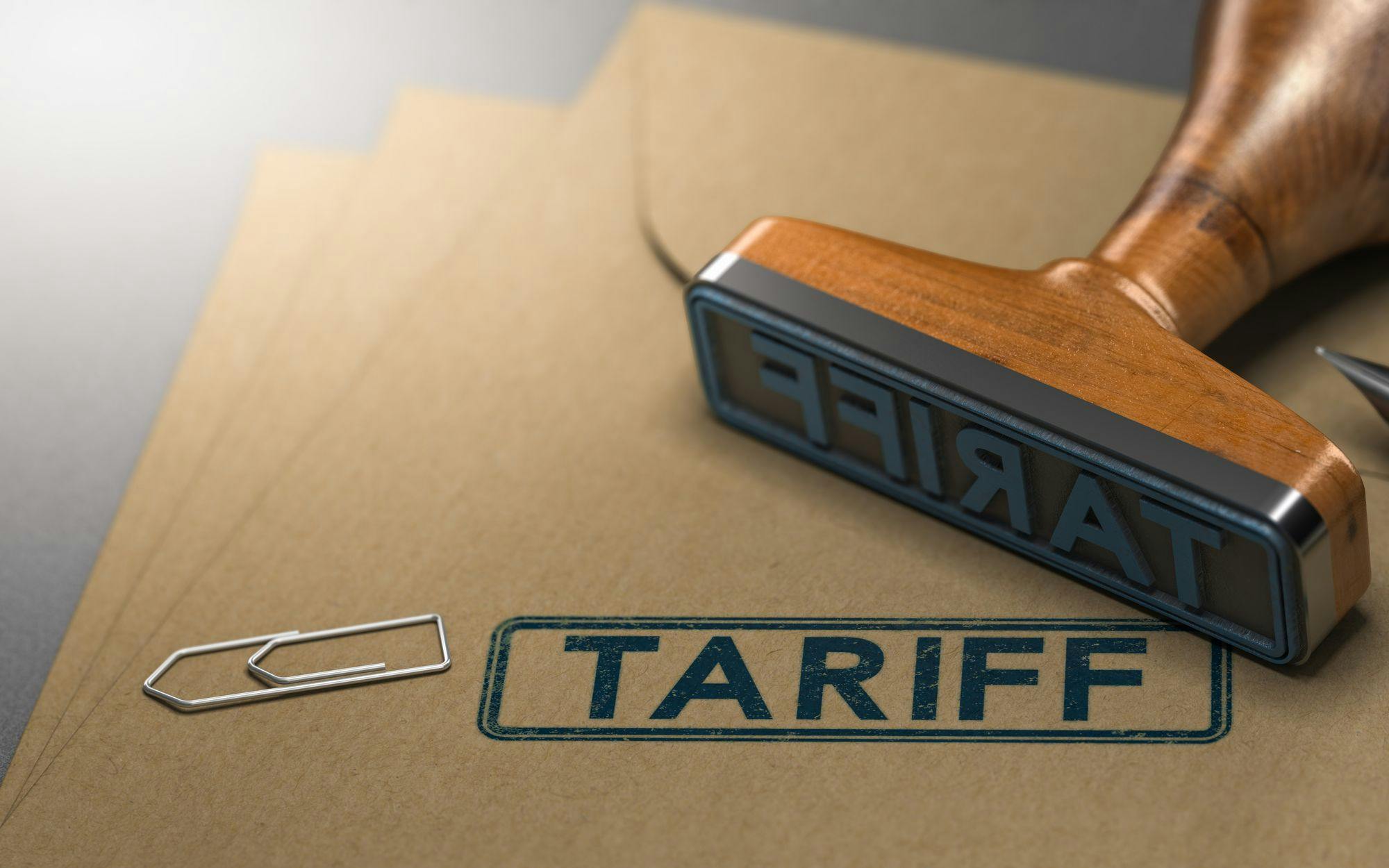
How Contractors Can Thrive Despite Tariffs and Labor Shortages
With technology giants set to spend more than $10 billion on commercial projects in San Francisco’s Bay area in the next five years, it might not come as a surprise that construction costs in the city are now officially the most expensive in the world.
Turner & Townsend’s International Construction Market Survey 2019, which ranks 64 cities around the globe, found San Francisco has seen construction costs eclipse New York City for the first time to take this dubious title, having jumped 5% in the past 12 months.
The average cost of construction has now reached to $417 per square foot, as high demand makes the Bay area the hottest construction market in the United States.
San Francisco is one of only three markets worldwide classed as overheating, with the impact of trade tariffs on materials exacerbating existing cost pressures caused by growing labor shortages. To put this level of price escalation into context, for every building constructed in the city, seven similar structures could be built in Bangalore or Istanbul for the same cost.
The Silicon Valley effect has created a blisteringly hot construction market in San Francisco, and not only is it overshadowing activity levels on the East Coast, it’s also putting significant strain on the supply chain with average costs for construction workers in the city at $90 per hour—with some fully loaded union wages for the highest skilled trades nearly doubling this figure.
President Trump’s trade war with China is also fueling high construction costs in San Francisco and New York. With a 22.4% rise in the price of U.S. steel, developers can now expect to spend between 5% and 10% more on overall core and shell construction. In the Bay area, this has been the catalyst for some developers to look at low-rise buildings and alternative types of construction, such as mass timber structures.
How can the real estate construction sector weather this perfect storm of escalating costs and shortage of contractors?
Many clients understand that they are in an intense competition to secure the best contracting teams. Enlightened developers and clients are incentivizing contractors and setting up progressive procurement and management models.
However, the industry needs to invest even more in labor-saving technology and innovative delivery models to improve productivity. This should include offsite fabrication to increase production of building components exponentially, while also improving quality through controlled environments. While this is being more widely adopted on certain projects, there is still room for improvement in embracing modular construction.
Embracing new technology is also allied to where contractors can drive change by playing a part in attracting new industry talent. First and foremost the increased adoption of technology on major projects is important to drive efficiency, but it’s also fundamental to attracting new entrants and changing the perception of construction as dirty, lower skilled and lower paid.
How should clients respond to the trade tariffs? They should add up to a minimum of a 5% contingency costs on the total value of their core and shell steel framed buildings, along with considering early buyout packages and direct purchase of materials to lock in pricing on items such as steel and curtain wall as early as possible. It’s critical that clients also put in place proper supply chain governance and controls to ensure that they are not paying for unsubstantiated tariff claims.
None of these steps provide a silver bullet to tackle labor shortages, trade tariffs or the blistering pace of tech expansion. They are, however, important to help create an industry fit for the future, built on incoming new talent, technology and better productivity.
Related stories








